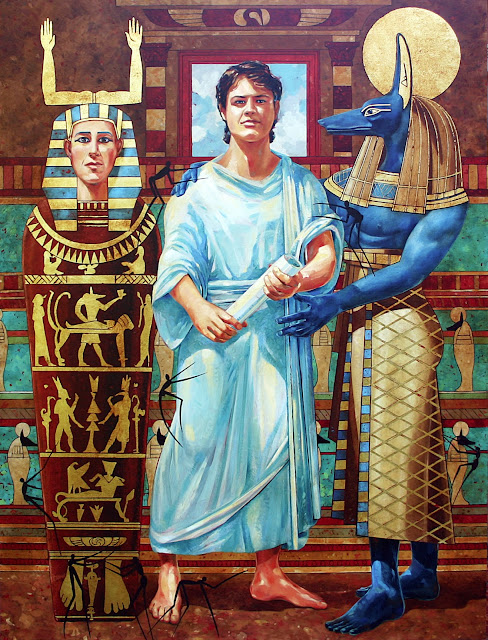The Willow Men

"The Willow Men," another of my Green Man myth interpretations is currently showing at Roby King Gallery on Bainbridge Island, November 3-27-2017. The Green Man myth represents a union of humanity and the vegetative world. He is the sacrificial human connection to the plant cycle of birth, reproduction, revitalization and resurrection. Known by many names through time and a spectrum of cultures, including but not limited to: Osiris, Dionysus, Orpheus, Adonis, Cernnunos, Khidir etc… He is the god born to sacrifice and through his union with the goddess to be born again. I think that this myth is particularly appealing because the Green Man's seasonal life mirrors our own limited mortality. "The Willow Men" image is a Collograph. The plate from which it was printed was made by using acrylic medium to attach paper that I had previously embossed to a plexiglass plate. Any texture thin enough t...

